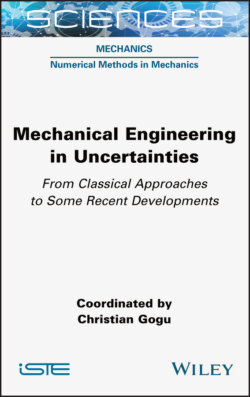Читать книгу Mechanical Engineering in Uncertainties From Classical Approaches to Some Recent Developments - Группа авторов - Страница 28
1.8.2. Rules for combining belief mass functions
ОглавлениеEvidence theory is based on the definition of a structure of uncertainties in the form of masses attributed to different focal elements. The definition of this uncertainty structure comes from experts. Analogously, as in the framework of possibility theory, rules have been defined in order to be able to aggregate different and sometimes divergent sources of uncertainty, for example, from different experts.
Let m1 and m2 denote two BPA functions with the respective sets Ci and Cj as focal elements. These functions can be aggregated according to the following rules:
– the Dempster rule, defined by:[1.22]The denominator reflects the conflict between the two sources through normalization. Note that therefore only the agreement between sources is retained in the aggregate uncertainty structure. A disadvantage of this rule is in the way it deals with divergent opinions and it is preferable to apply this rule only in cases where there is reasonable agreement between sources;
– the Yager rule, defined by:[1.23][1.24][1.25][1.26]The Yager rule attributes the conflict to the entire universe Ω, thus increasing the degree of ignorance associated with it;
– the weighted mean rule:
[1.27]
In this rule, the conflict is simply averaged with a weighting based on the confidence attributed to each expert. Other rules, as well as variations around the three presented, have been proposed and the reader can refer to Sentz and Ferson (2002) for more information.
